Understanding the Parts of a Bar Chart:
- X-axis: The horizontal axis of the chart that represents the categories or groups being compared.
- Y-axis: The vertical axis of the chart that represents the values or frequencies of the categories.
- Bars: The rectangular bars that represent the values of each category.
Creating a Bar Chart:
To create a bar chart:
- Identify the categories or groups you want to compare.
- Determine the values or frequencies for each category.
- Draw a horizontal axis and a vertical axis, labeling them appropriately.
- Draw a bar for each category, making sure the length of the bar corresponds to the value it represents.
Interpreting a Bar Chart:
When interpreting a bar chart:
- Compare the lengths of the bars to understand which category has the highest or lowest value.
- Look for patterns or trends among the categories.
- Use the chart to make conclusions or predictions based on the data.
[Bar Chart] Related Worksheets and Study Guides:
.◂Math Worksheets and Study Guides Third Grade. Counting Money
Study Guide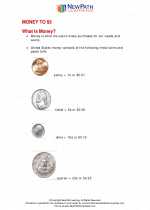 Counting Money
Counting Money  Activity Lesson
Activity Lesson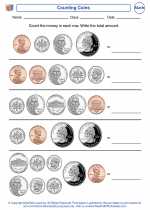 Counting Coins
Counting Coins  Activity Lesson
Activity Lesson School Sports
School Sports  Activity Lesson
Activity Lesson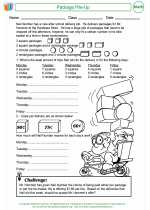 Package Pile-Up
Package Pile-Up  Worksheet/Answer key
Worksheet/Answer key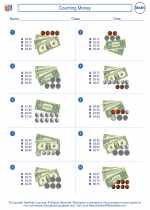 Counting Money
Counting Money  Worksheet/Answer key
Worksheet/Answer key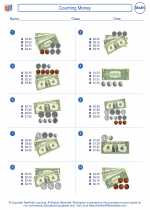 Counting Money
Counting Money  Worksheet/Answer key
Worksheet/Answer key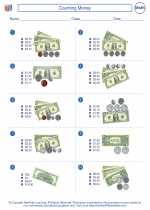 Counting Money
Counting Money  Worksheet/Answer key
Worksheet/Answer key Counting Money
Counting Money  Worksheet/Answer key
Worksheet/Answer key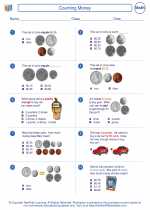 Counting Money
Counting Money  Worksheet/Answer key
Worksheet/Answer key Counting Money
Counting Money  Worksheet/Answer key
Worksheet/Answer key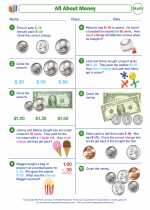 All About Money
All About Money  Worksheet/Answer key
Worksheet/Answer key Crazy Face
Crazy Face  Worksheet/Answer key
Worksheet/Answer key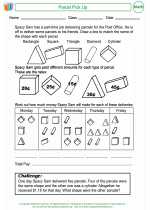 Parcel Pick Up
Parcel Pick Up  Worksheet/Answer key
Worksheet/Answer key Pocket Money
Pocket Money 

 Activity Lesson
Activity Lesson
 Activity Lesson
Activity Lesson
 Activity Lesson
Activity Lesson
 Worksheet/Answer key
Worksheet/Answer key
 Worksheet/Answer key
Worksheet/Answer key
 Worksheet/Answer key
Worksheet/Answer key
 Worksheet/Answer key
Worksheet/Answer key
 Worksheet/Answer key
Worksheet/Answer key
 Worksheet/Answer key
Worksheet/Answer key
 Worksheet/Answer key
Worksheet/Answer key
 Worksheet/Answer key
Worksheet/Answer key
 Worksheet/Answer key
Worksheet/Answer key
 Worksheet/Answer key
Worksheet/Answer key

Create And Print more Counting Money worksheets with Money Skills Worksheets generator
The resources above cover the following skills:
Algebra (NCTM)
Use mathematical models to represent and understand quantitative relationships.
Model problem situations with objects and use representations such as graphs, tables, and equations to draw conclusions.